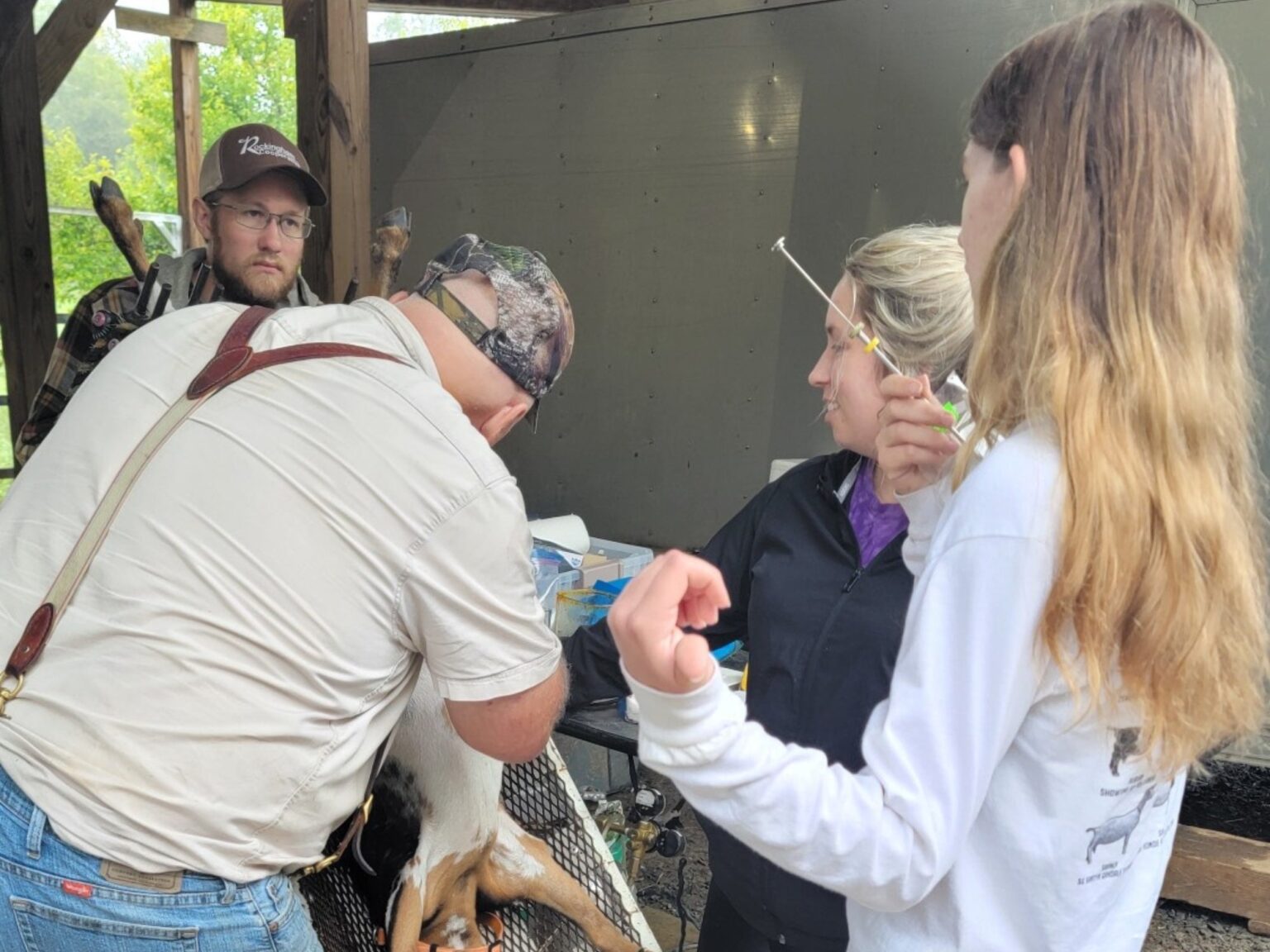Image courtesy of Kayla Eaton, Smithville Attendance Center FFA Advisor
From pumpkin patches and corn mazes to sunflower fields and petting zoos, agritourism continues to grow as a dynamic bridge between agriculture and the public. For students involved in FFA, it presents a unique opportunity to showcase agricultural practices, generate income, and creatively engage communities. A recent infographic titled The Path to an Agritourism Enterprise breaks this journey down into five manageable steps designed for students pursuing a Supervised Agricultural Experience or chapter-wide project.
- Self-reflect: Before launching into business planning, the first step is personal. Students are encouraged to assess their strengths, interests, and preferences. Questions like, “Do I enjoy working with plants, animals, or people?” and “Do I prefer indoor or outdoor work?” help align the agritourism concept with the student’s passions.
- Take inventory: Next, it’s time for a reality check. Students must evaluate how much time they can commit, who will be involved, and what funding or resources they’ll need. This step sets the foundation for practical planning and ensures the venture fits within time and resource constraints.
- Analyze the audience: Understanding your market is critical. This stage focuses on identifying the target audience, deciding how to advertise, and brainstorming ways to make the experience stand out. Whether the goal is to educate, entertain, or sell products, knowing the customer base will guide major decisions.
- Set Rules and regulations: No agritourism venture can run without considering safety, permits, and legal guidelines. Students are prompted to research what licenses are required, how to keep guests safe, and where to go for help. This ensures their project is compliant and responsibly managed.
- Create a game plan: Finally, it’s time to act. This step involves setting a start date, listing actionable next steps, and determining how success will be measured. A well-thought-out game plan turns ideas into action and provides a roadmap for growth.

The infographic highlights three FFA members and alumni who have built successful agritourism ventures:
- Brooks Johnson of Lebanon FFA creates memorable fall experiences at Dull’s Tree Farm in Indiana with a corn maze, pumpkin patch, and Christmas trees.
- Avery Salomon, an FFA alumna, used her experience touring Glacier National Park to create the Gothenburg Historical Audio Tour in Nebraska, tying tourism with local agricultural history.
- Ben Phillips, an FFA member from Akron-Westfield FFA in Iowa, planted sunflowers alongside his family’s cattle and row crops, attracting both pollinators and visitors each summer.
For those looking to get started, the infographic also includes a QR code linking to the U.S. Department of Agriculture’s Agricultural Marketing Service’s Local Food Directories. This interactive tool helps aspiring agritourism entrepreneurs find similar ventures nearby and explore ideas tailored to their region.
FFA’s support of agritourism SAEs not only gives students a business foundation but also cultivates leadership, community engagement, and agricultural literacy. Whether your passion lies in plants, animals, education, or experience-making, there’s a place for you in the world of agritourism.


